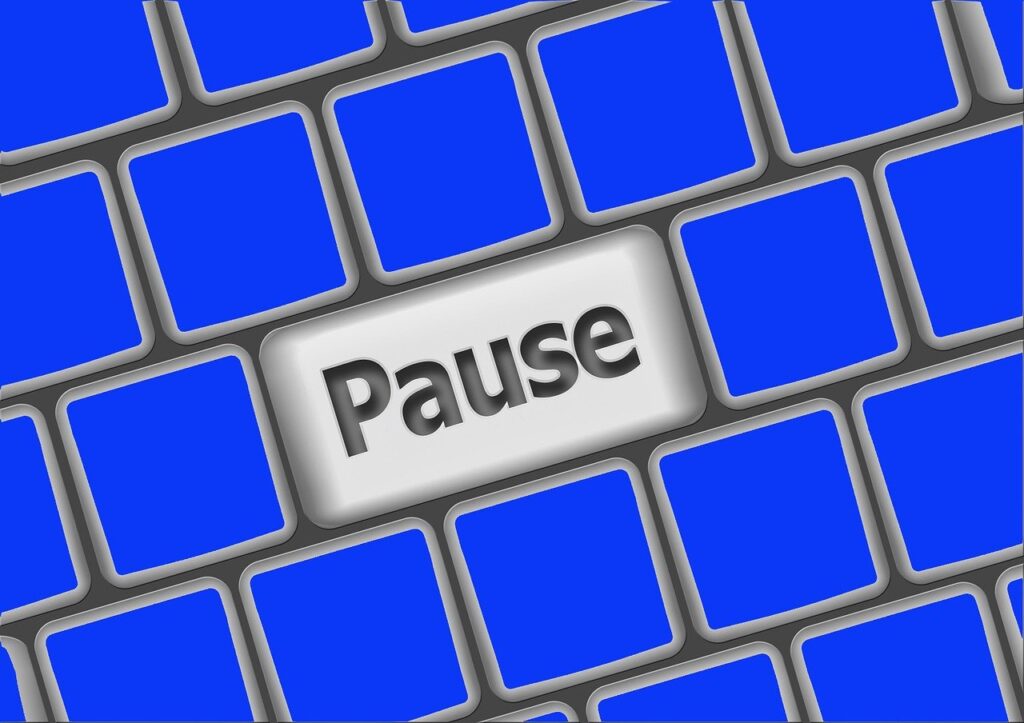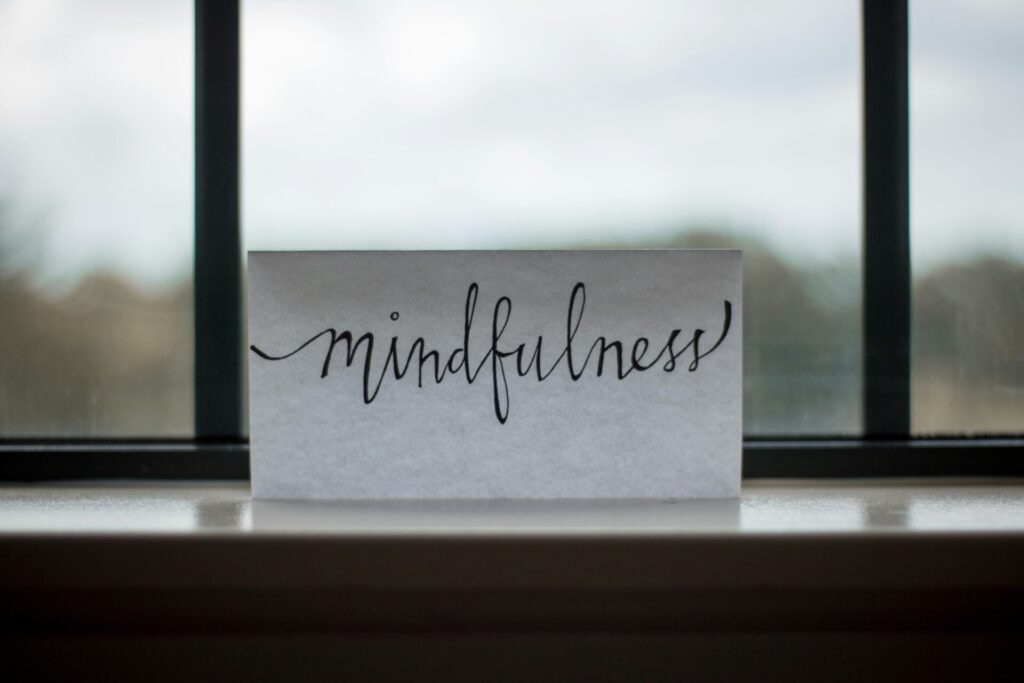What are your go-to approaches when responding to angry therapy clients?
I have an easy time finding resources to help clients manage anger in general. But, I have a bit of a harder time finding information about how to help clients manage angry outbursts when they are happening live in session.
In today’s article, I want to share the approach I’ve honed in on that helps manage angry therapy clients during a session.
Disclaimer: I’m not an expert on anger or angry outbursts. But, I am a therapist. And I do have clients who get angry. So today, I want to share the tools that I utilize.
Prefer to watch the video? You can catch it here:
Anger in clients
Ideally, we love it if we can catch the angry outburst before it hits a tipping point. But, sometimes we may not catch the cues. Or, for some clients who haven’t developed enough emotion regulation skills yet, it’s possible for them to go from 0 to 100 in an instant.
When I’m talking about “angry outbursts,” I’m specifically referring to Diffuse Physiological Arousal (DPA). A lot of folks in the field refer to this as emotional flooding or the fight or flight response.
When our brain and body enter emergency response mode, the prefrontal cortex shuts down. That is the part of the brain that we tend to be speaking to when we’re doing our processing in therapy. The reason our bodies shut down this section of the brain is to optimize efficiency in case of emergency.
If I miss the memo that my client is emotionally flooded and I try to explore what’s coming up for them, it can become invalidating and cause the intensity of the emotion to escalate further.
Instead, I like to pivot towards helping the nervous system calm down and helping my clients tolerate the discomfort while they ride the wave of emotional activation. It’s the same tools I’d apply when helping a client move through a panic attack.

What to do to help angry therapy clients
Here are some tools I like to use to navigate angry outbursts from clients:
1) Validate the anger
- As soon as I catch onto it, I like to validate the anger.
- It might sound like: “I can see that we just touched on something really upsetting.”
2) Don’t get defensive
- I know how tempting it can be to become defensive when our clients have an angry outburst at us. But, it’s so important not to become defensive.
- Usually, when we become defensive it causes the emotional intensity to go up even more for our clients because they feel invalidated.
3) Press “pause” in your conversation

- Then, I let my client know that we’re going to pause whatever it was that we were doing so I can make sure that they’re okay.
- It might sound like: “I can see that we really struck a chord in our conversation. Let’s pause our topic for a moment because I want to make sure we’re not causing your system to get too emotionally overloaded.”
4) Check in on your client’s distress level
- Then, I like to check in to see how distressed my client is.
- Some people refer to this as their SUDs (Subjective Units of Distress).
- If that is a term you are already using with your clients, you can ask: “What’s your SUDs?”
- If that is not already in your repertoire to use SUDs with your client, this isn’t a good moment to explain SUDs. Again, the prefrontal cortex is not engaged.
- I may say: “I just want to check in to see how intense things are for you right now. On a scale from 1-10, with 10 being the highest level of distress and 1 being nearly asleep, how distressed would you say you are right now?”
5) Pivot into regulation
- If this is the first time this has come up in therapy, then I let my client know that we’re going to pivot into tools to help calm their nervous system.
- I may say: “Your system is completely overloaded. Let’s pivot away from what we were talking about and help calm your system down before we come back to where we left off.”
6) Utilize regulation tools
- Next, I step into utilizing a tool or sometimes multiple tools that my client can use both in-session and on their own to help them ride the physiological wave without fueling the anger.
- During this phase of the process it’s very important that whatever tools I’m using are helping the client mentally step away from whatever the threatening feature was that activated their anger.
- If they’re going through the motions of using the tool but in their mind they’re still seething in anger, then it’s just going to prolong that activation state.
My go-to tools for angry therapy clients

- Mindfulness techniques. I like to have a quick one at the ready at all times. Recently, I’ve been using a brief prerecorded one from Headspace. It’s an easy one to have on speed dial.
- Body movement. You don’t have to get up and run sprints, but even intense clapping for a bit of time can release that energy. Or if your client likes to shiver, that can help your client let some of their energy out. Whatever you choose, it’s helpful if you do the physical activity together with your client when you’re able to.
- Engage in deep breathing or distracting activities. You can use a fidget toy or a brain teaser puzzle, or offer your clients the option of coloring or drawing.
- Offer something cold. If you have access, you can offer your clients a cold object to hold or place on their head. Cooler temps calm the nervous system and warmer temps amp it up. If you’re meeting virtually, you can ask your client if they have anything in their freezer they can grab to hold in their hand or place on their head.
7) Asses distress levels (again)
- As I utilize the regulation tools, I can often tell just by watching my client how they’re doing.
- Once they look like they’ve calmed down, I will check in on their level of activation.
- If I check in, and their intensity is still pretty high, then I keep utilizing different tools. It may just be a matter of having enough time for their nervous system to calm down.
8) Debrief and make plans
- I wait until the intensity drops to about half of where it started before debriefing.
- Then, I debrief the outburst and make a plan for next time.
- Now that they feel more calm, they can listen to what my reasoning was for pivoting into deescalation techniques.
- I may say: “We know from research that once we get past a 7 or an 8 out of 10, our bodies are so activated that we’re not able to access reason anymore. We all go there when we feel there is a big threat, so it’s completely normal. It was important that we paused to help you come back down a few notches before entering into our conversation again. You did a great job following my lead. How are you feeling now?”
- I also might ask: “Do you feel ready to tell me a little more about when you noticed the anger starting to bubble up?”
- I also use this time to discuss if any of the tools we used felt helpful, or if anything I said or did to assist in regulation was helpful/unhelpful.
9) Generalize learnings outside of session
- If there’s time, and if it’s appropriate, I have my client consider if this type of angry outburst ever happens outside of a session.
- And if so, I reflect with them on which tools might be applicable to use live in the moment.
- I’ve noticed that, with practice, clients will often start implementing these skills without me initiating.
- They will tell me, “I need to pause. I’m getting close to the threshold, can you help me?”
- Or they may start to utilize some of the mindfulness practices without prompting.
That about sums up how I approach angry therapy clients in session. Of course, if you are concerned you may be in danger, or if your client’s behavior is escalating, I encourage you to seek consultation straight away to make sure you’re safe and also to support the best care for your client(s).
Additional Therapy Skills
Angry outbursts are just one of the many situations we will find ourselves in when meeting with clients in session.
Sometimes it feels like we are going in circles with clients and nothing is changing. Read my article about working with clients who feel stuck to learn some tips.
Or, there are times when clients are resistant. Watch my video on 4 therapeutic approaches to client resistance.
Until next time, from one therapist to another: I wish you well!
-Marie
Photo by Usman Yousaf on Unsplash
Photo by Lesly Juarez on Unsplash
Leave A Reply